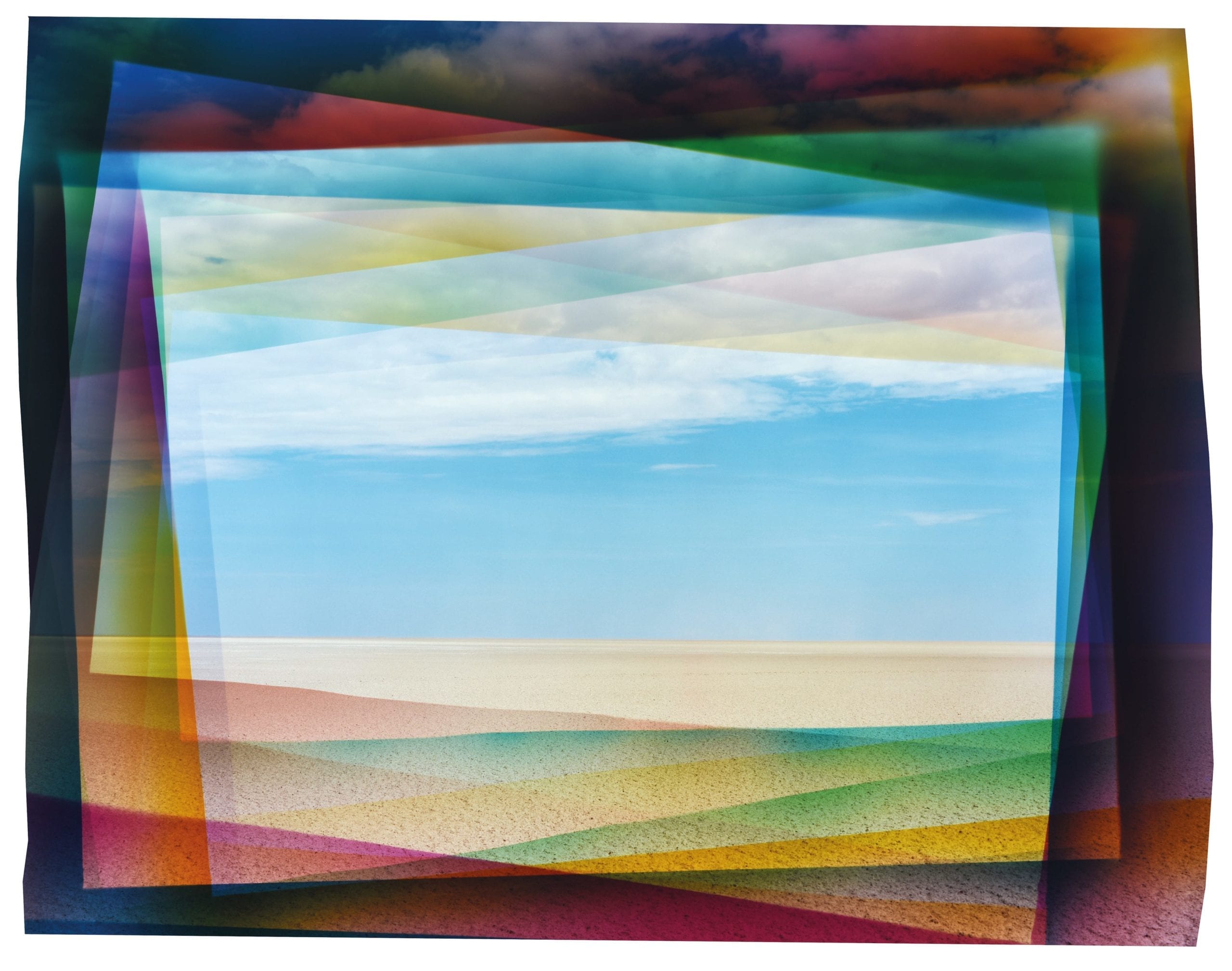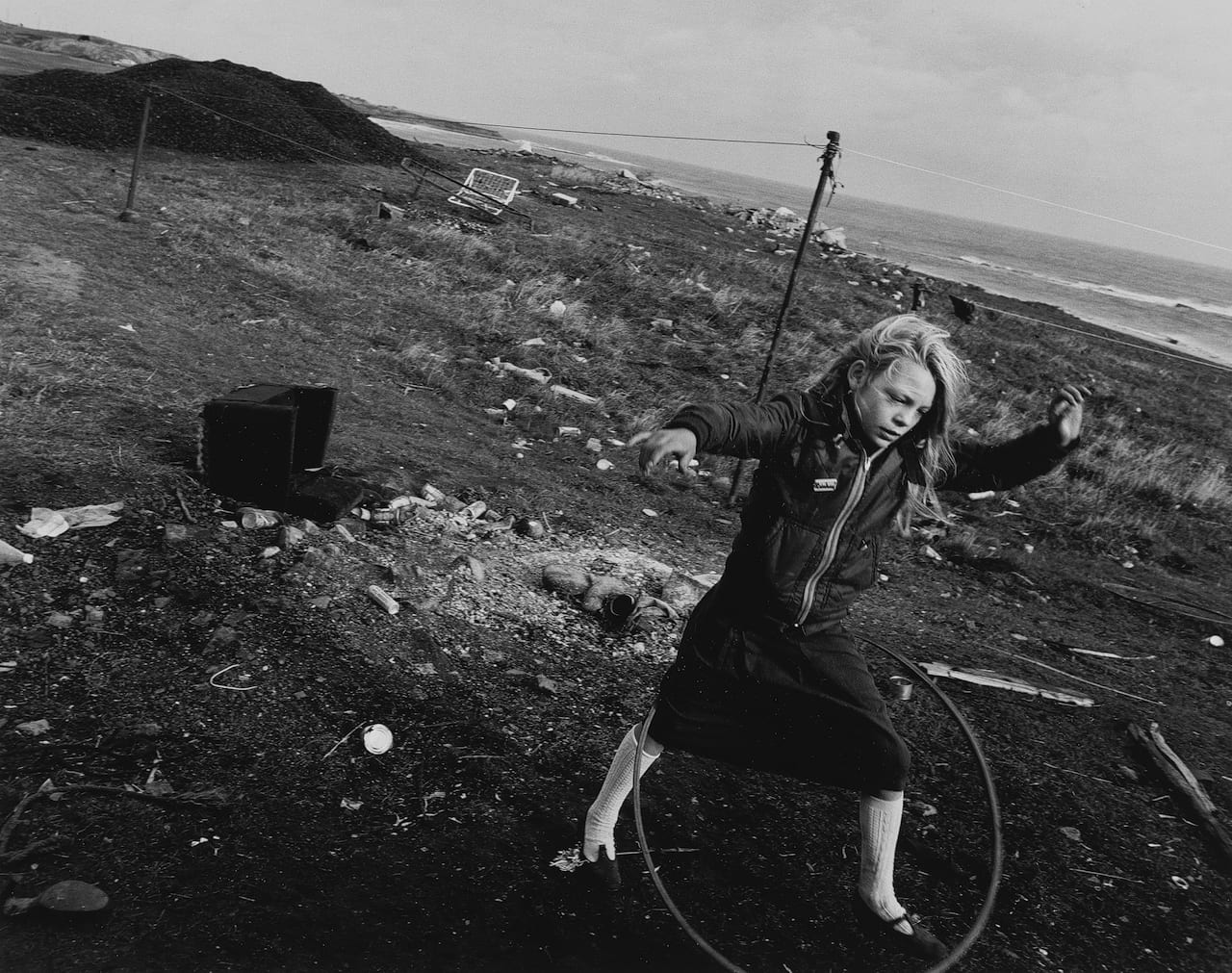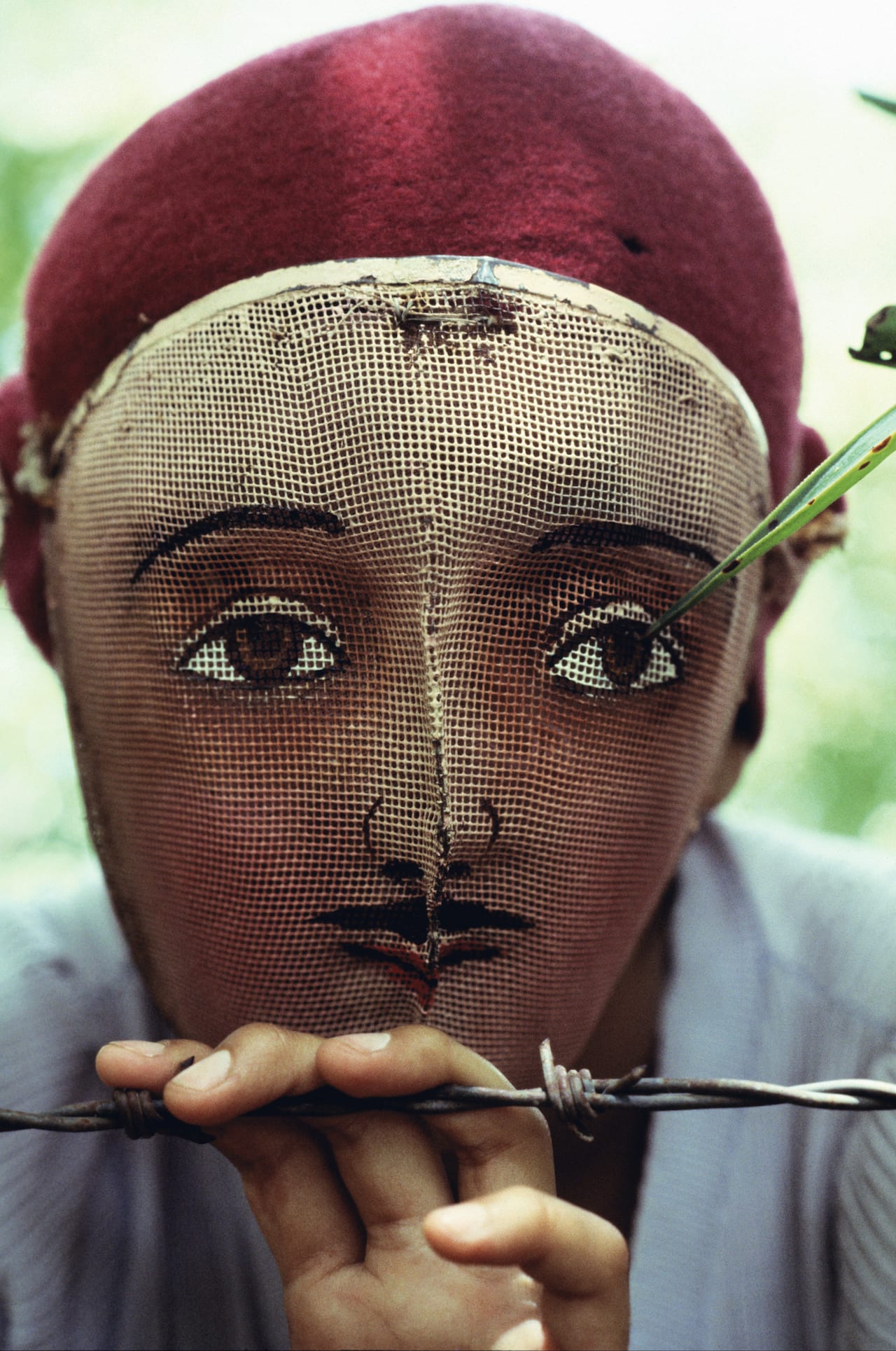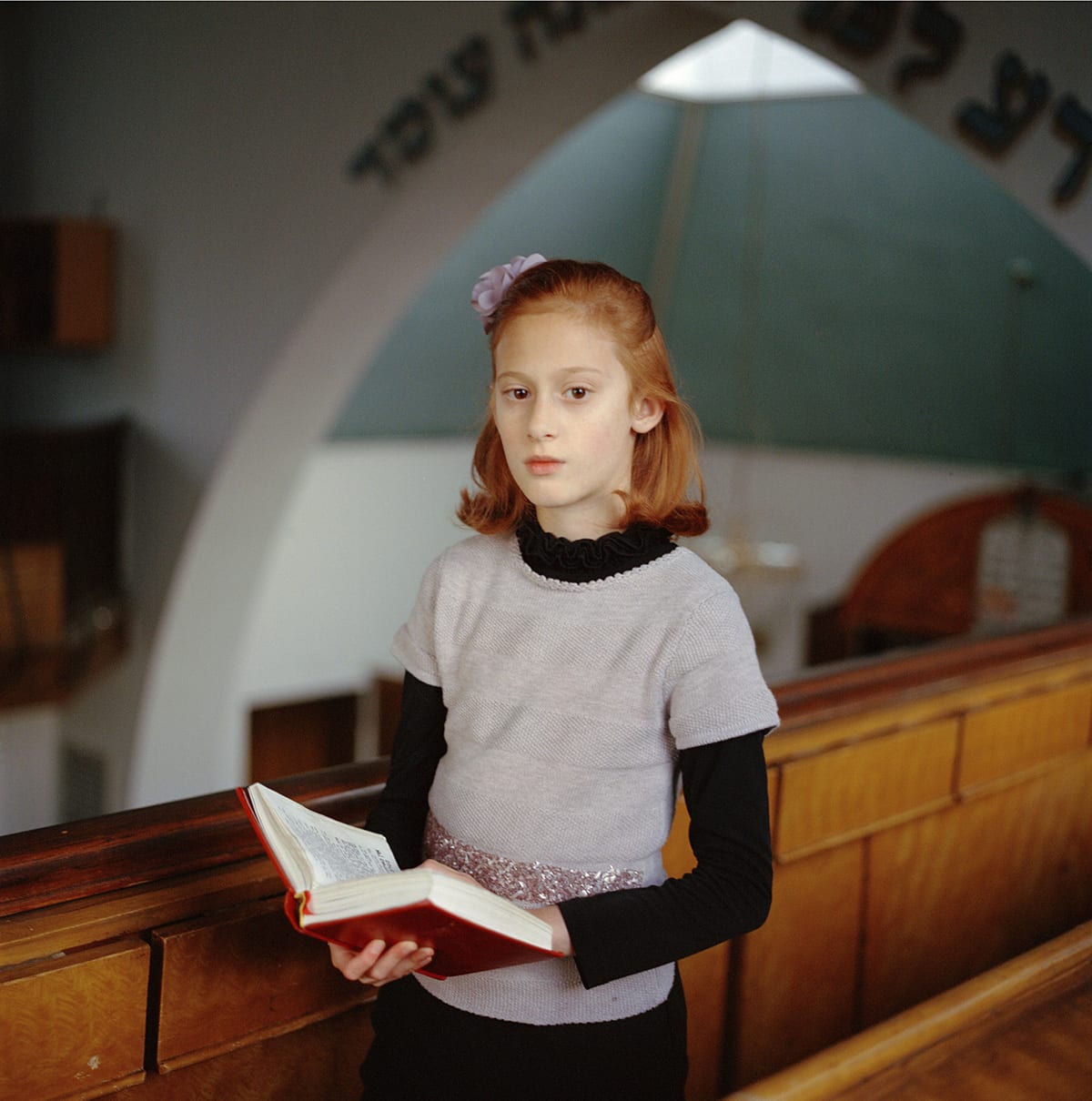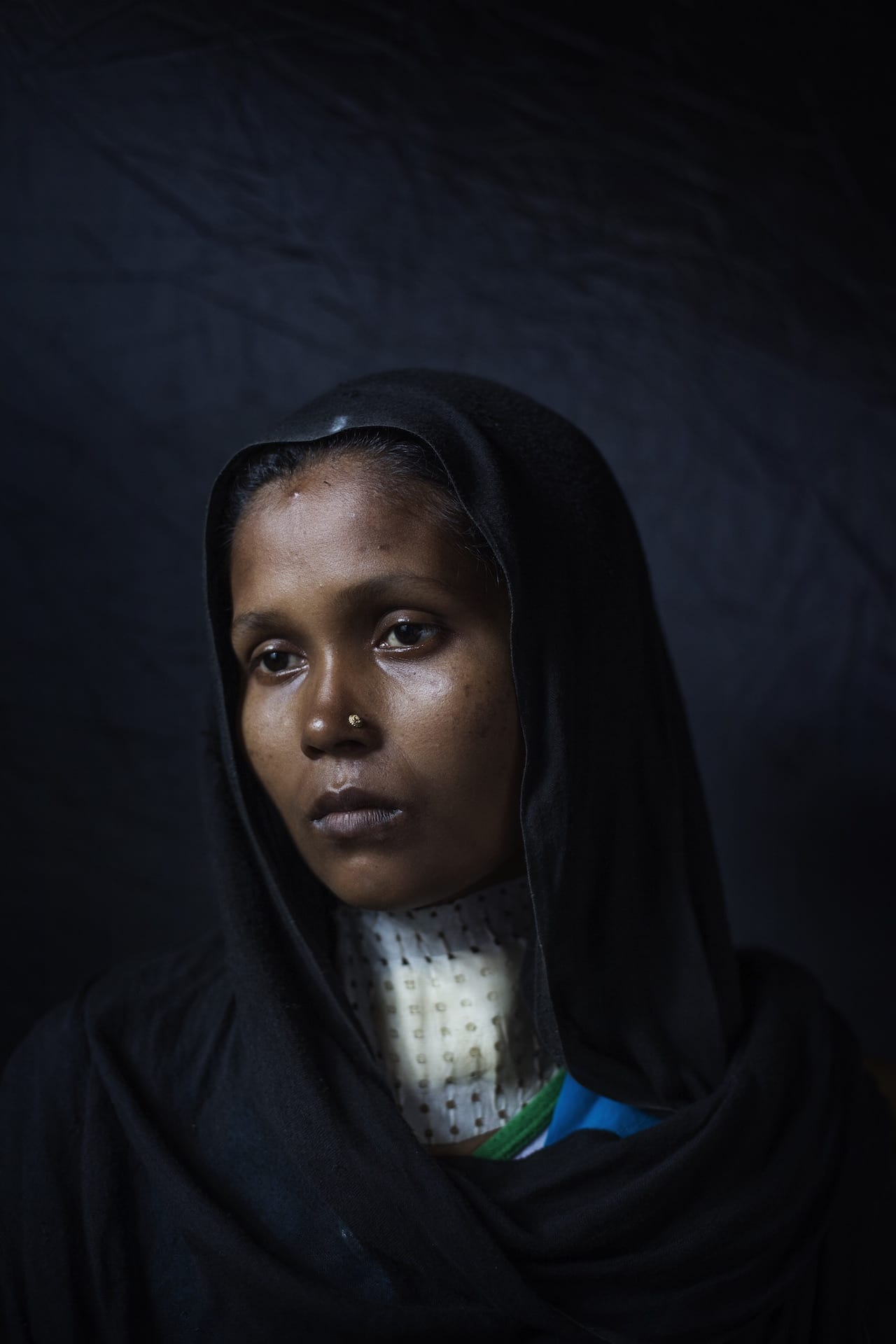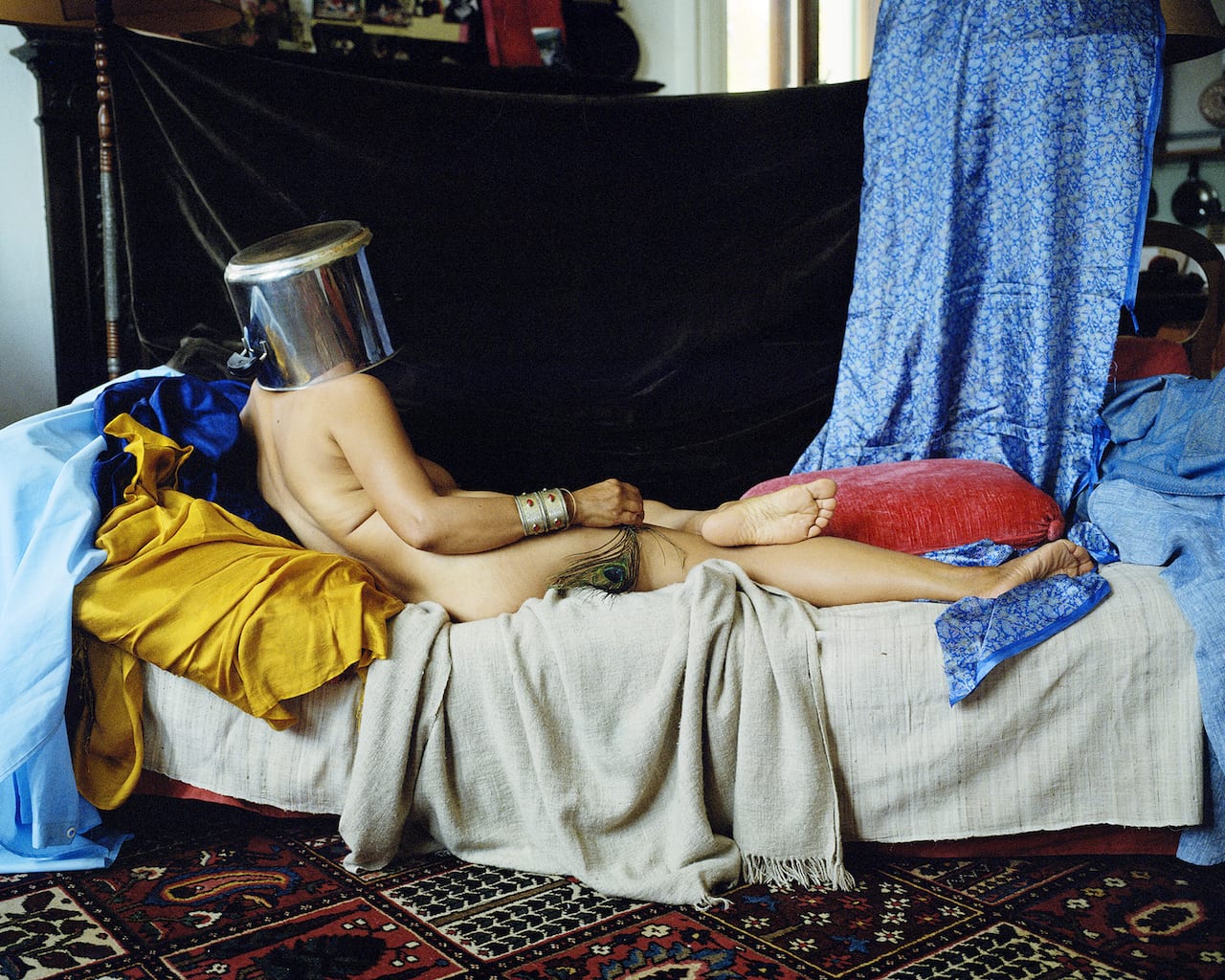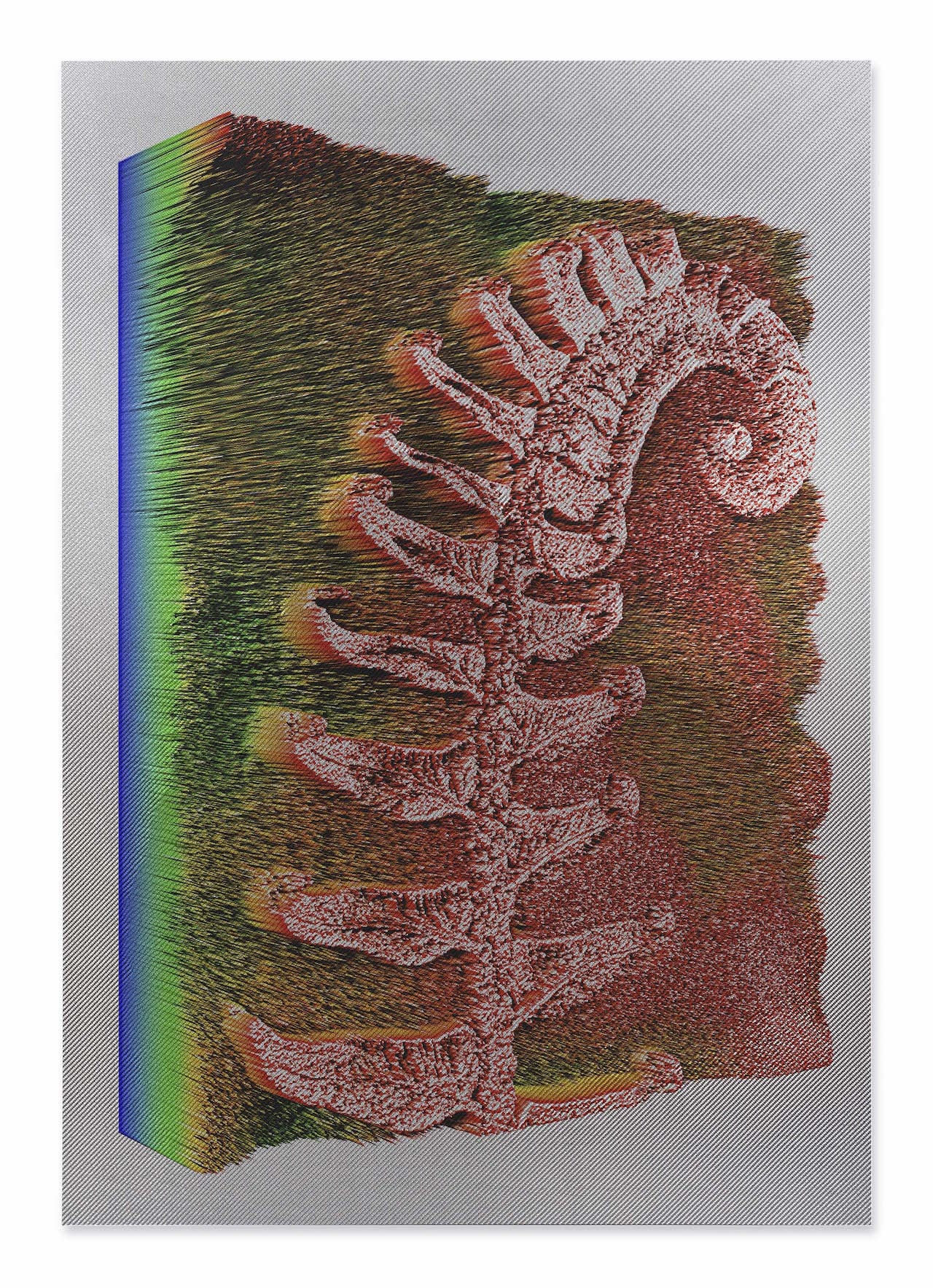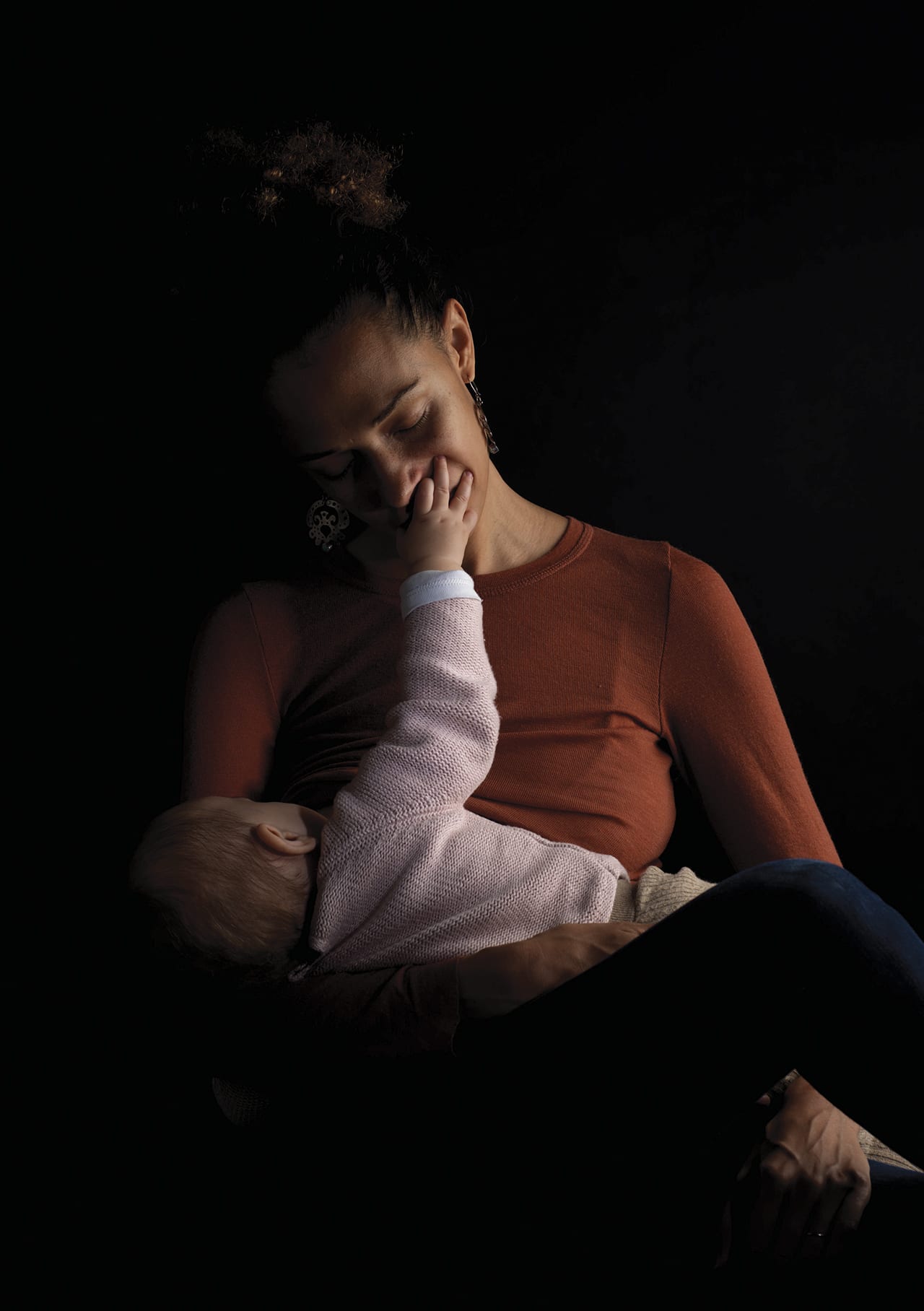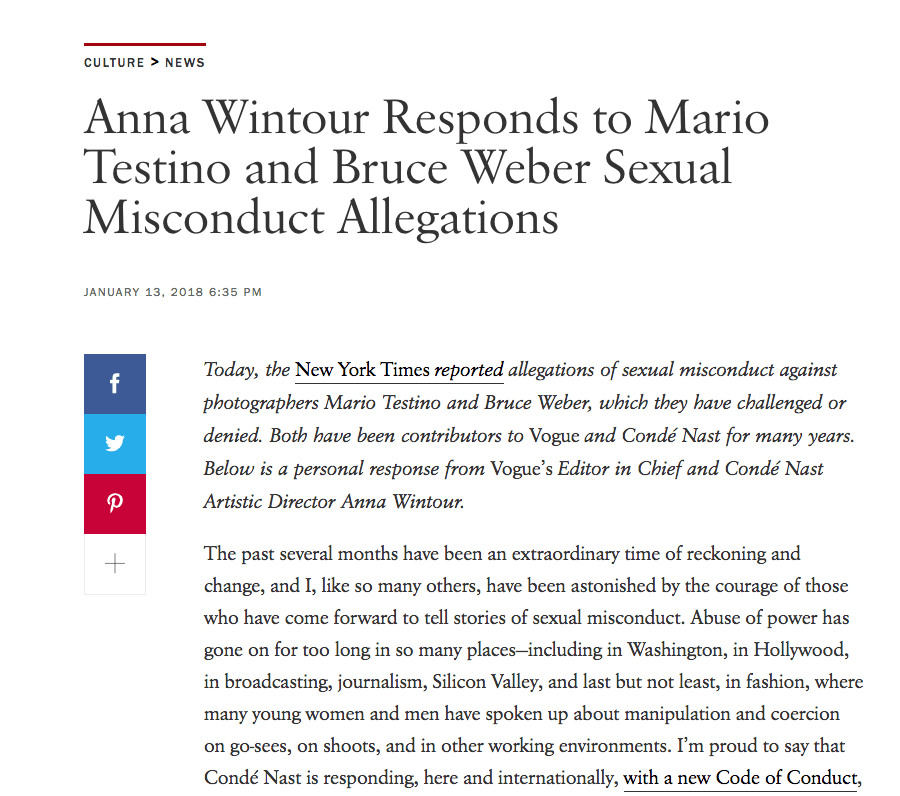“Seventeen years later and after all that life giveth and taketh away, it is the wildness of the region that attracts me most,” writes artist Chloe Sells of Botswana, the place where she shot her latest book Flamingo. “Botswana is one of the last great completely wild, untouched and quiet corners of the earth.” In particular she was attracted to Botswana’s Makgadikgadi Salt Pans, in the heart of the Kalahari Desert, a strange and harsh, yet beautiful landscape. “I didn’t know that part of Botswana very well,” Sells admits, “but I had visited many times and been amazed by the Makgadikgadi Salt Pans; I knew I wanted to spend more time there.”
